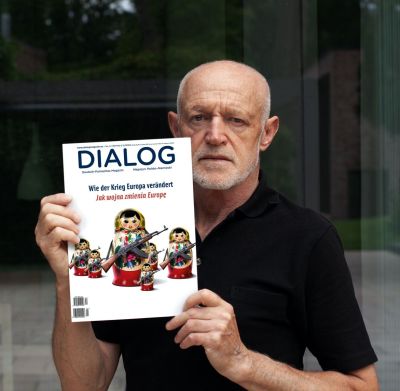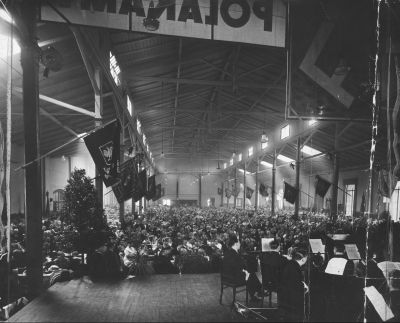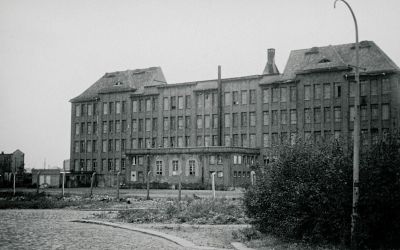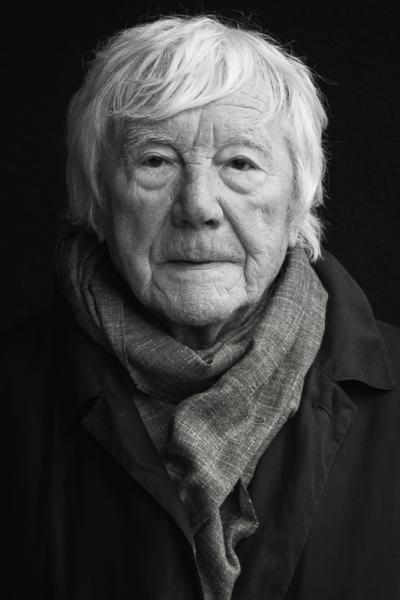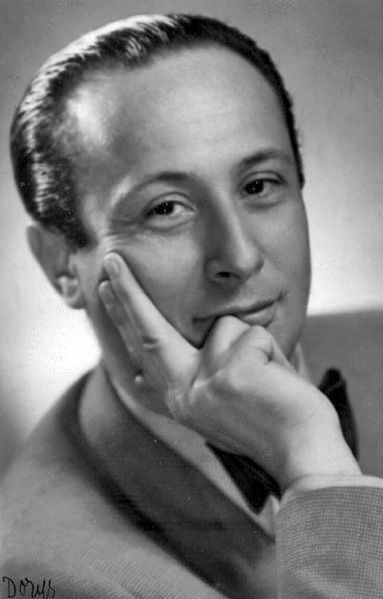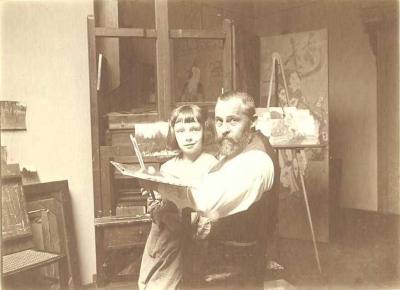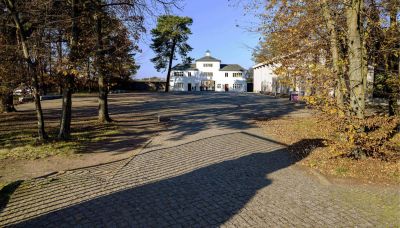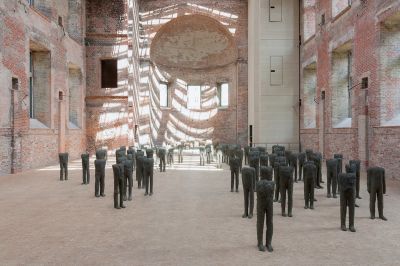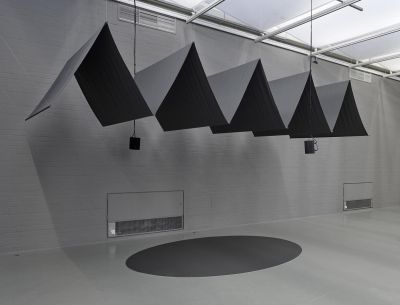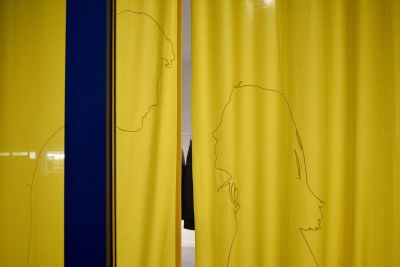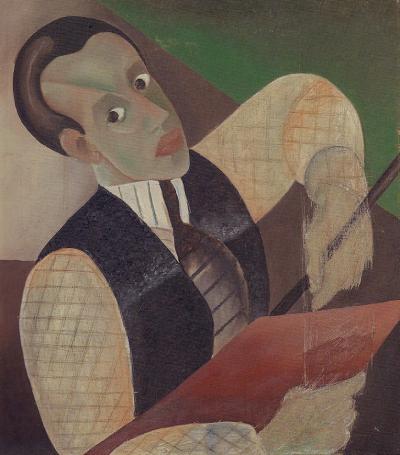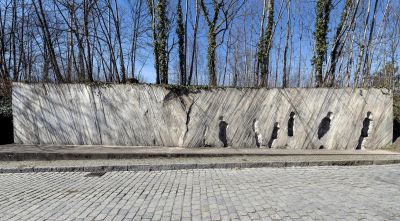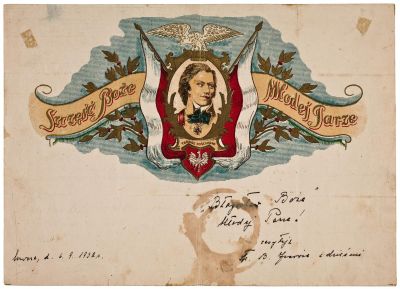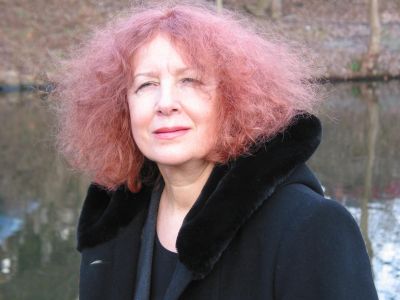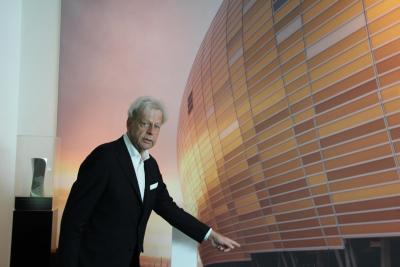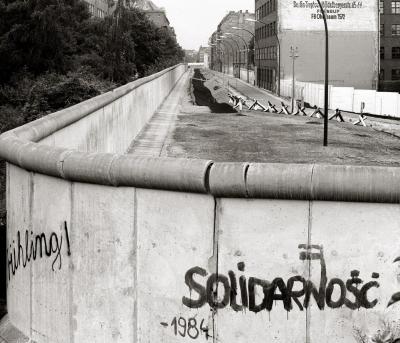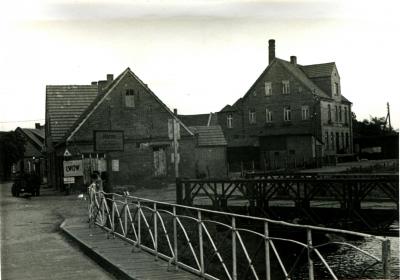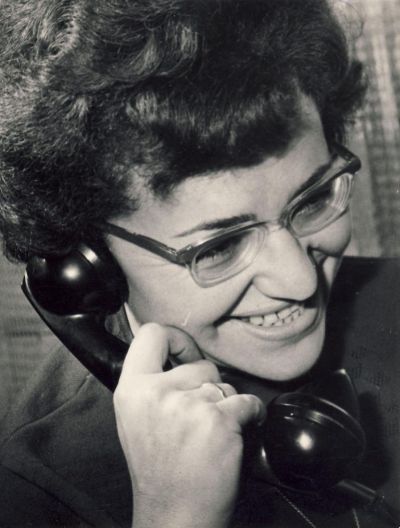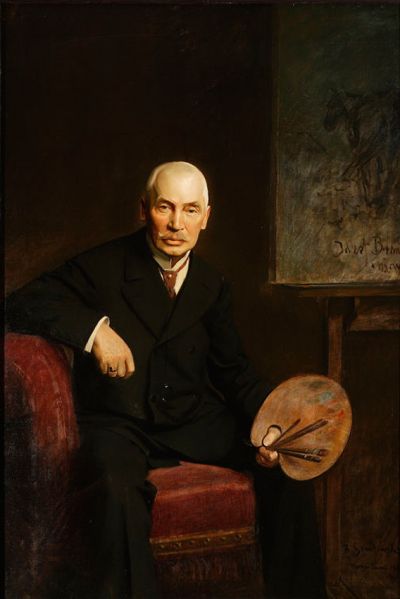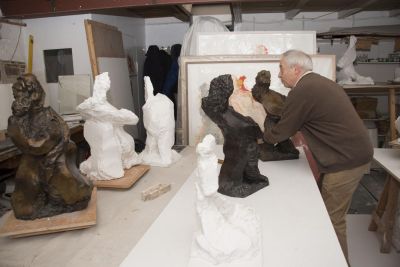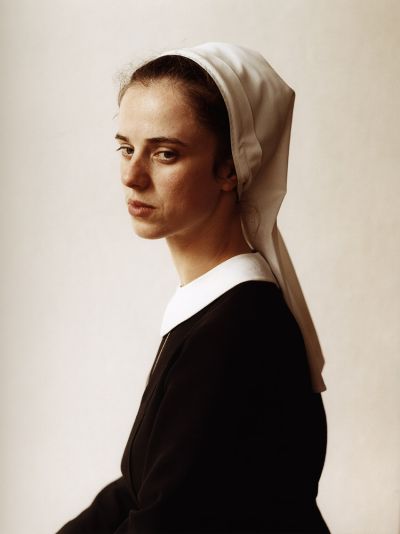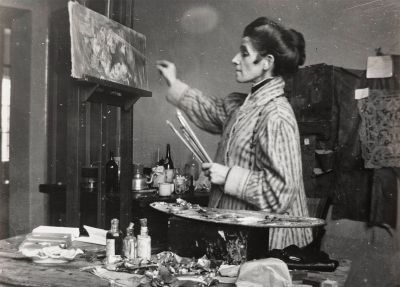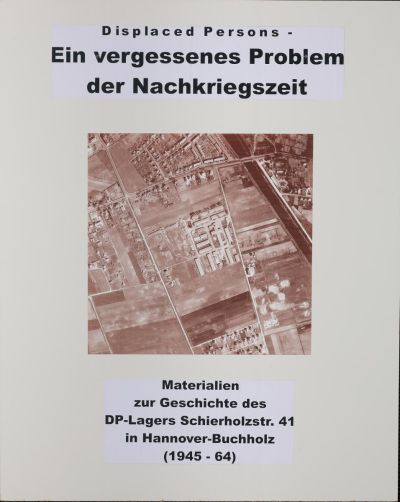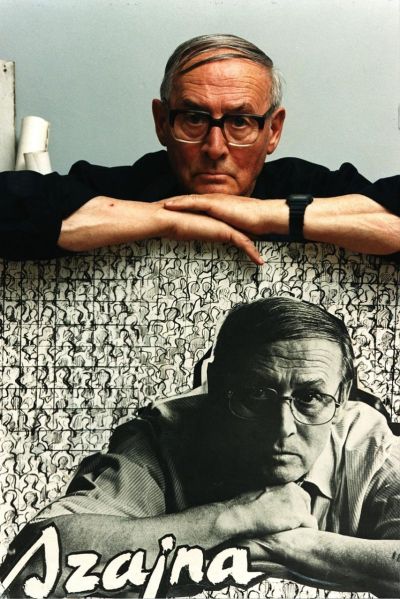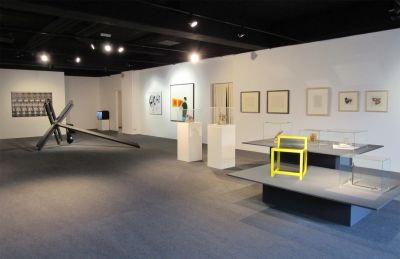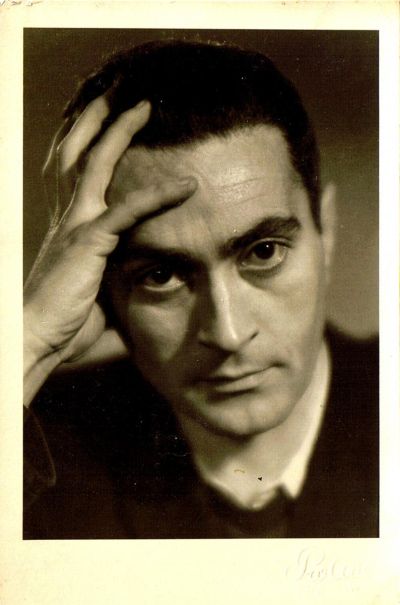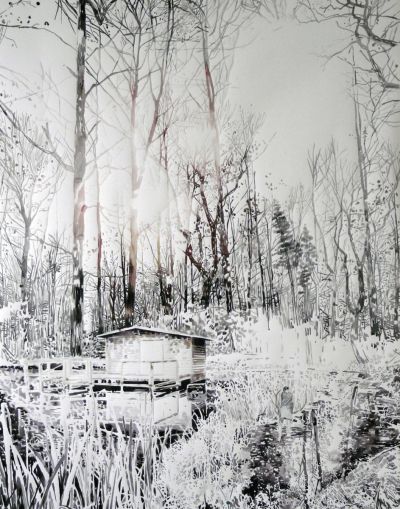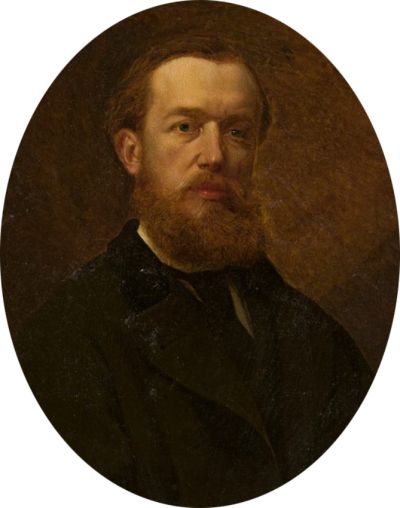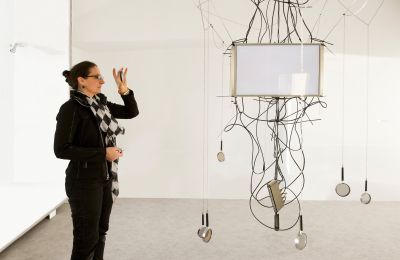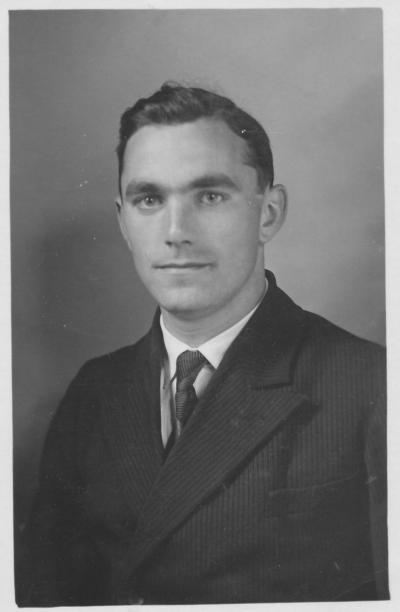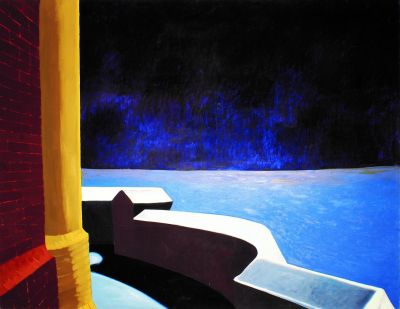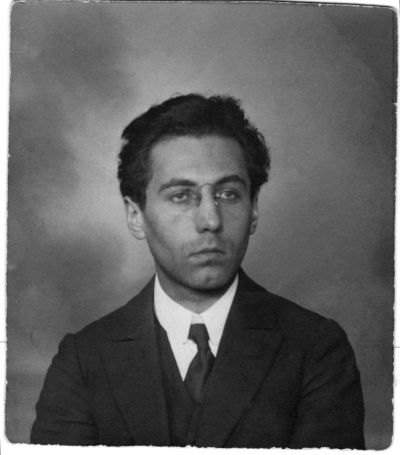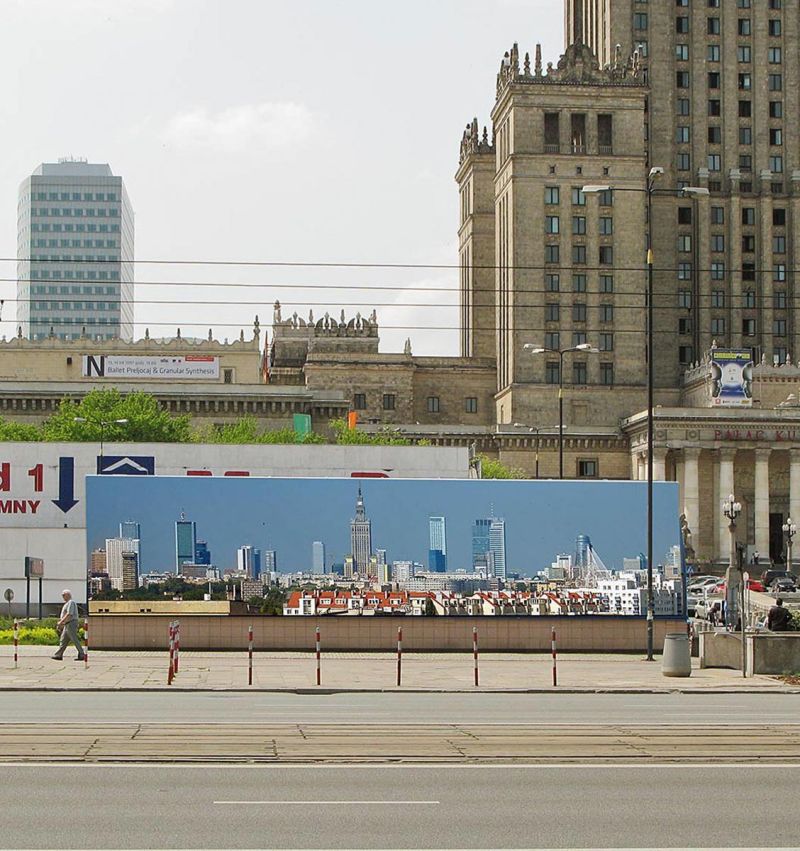Stefan Szczygieł. His photographic and film work
Mediathek Sorted
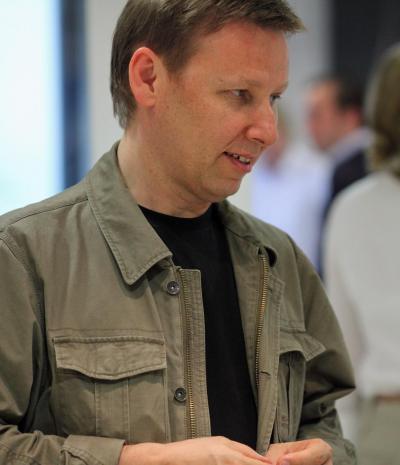
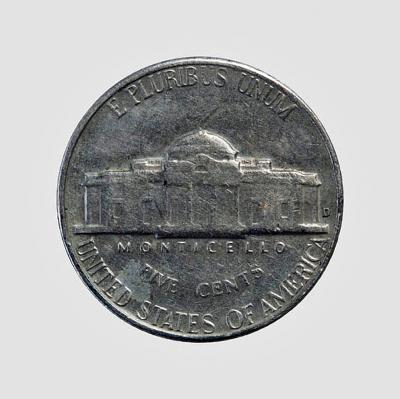
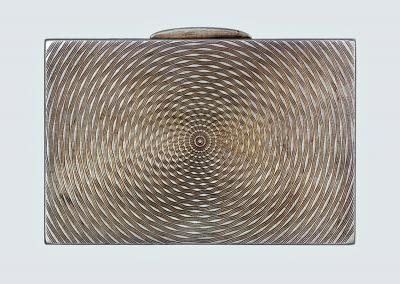
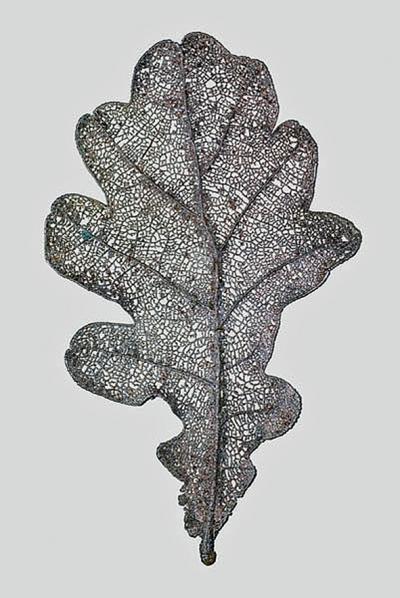
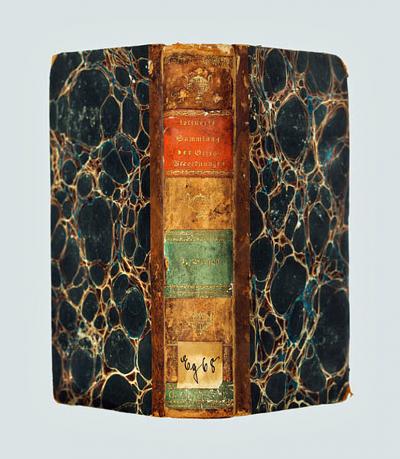
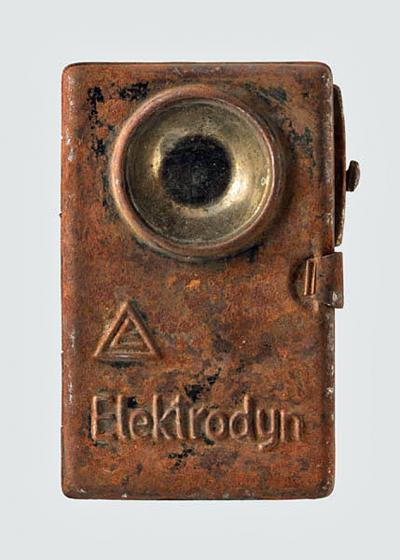
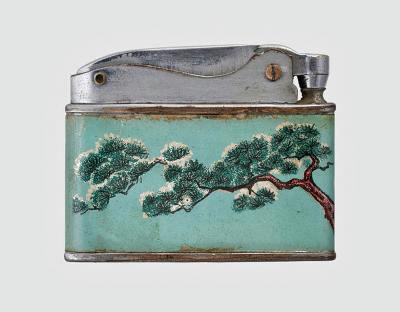
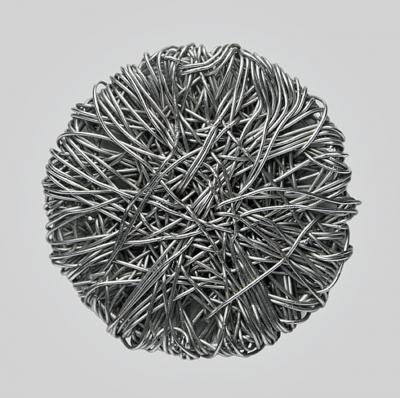
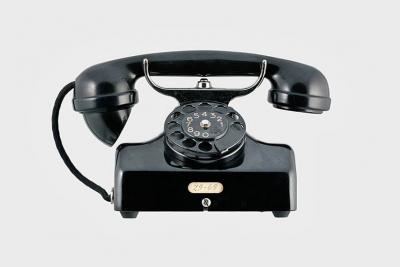
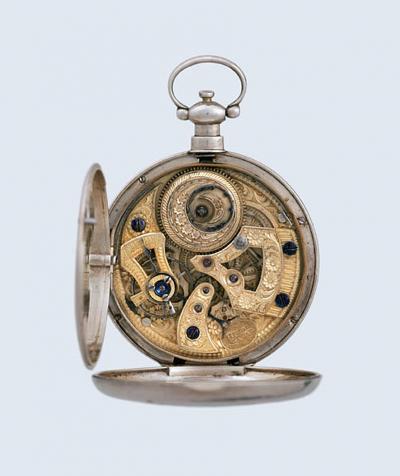
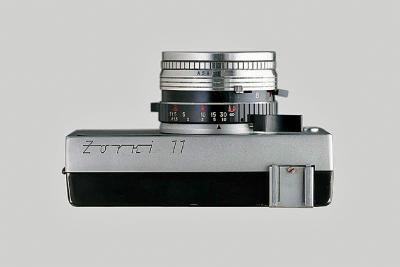

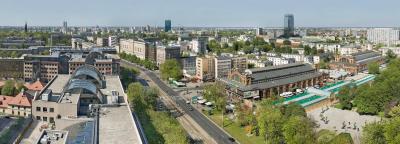
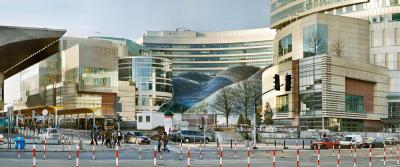
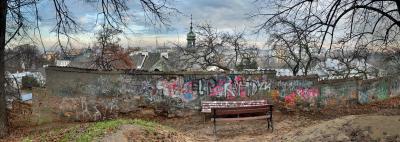

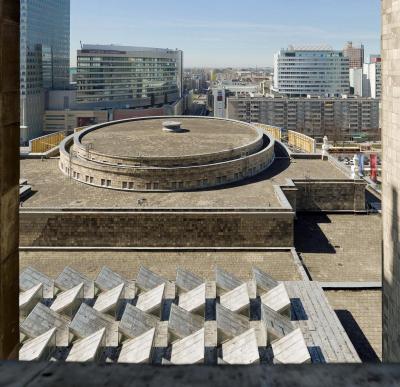
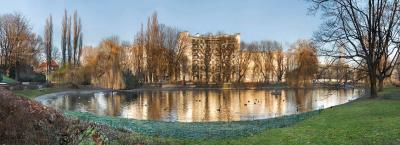
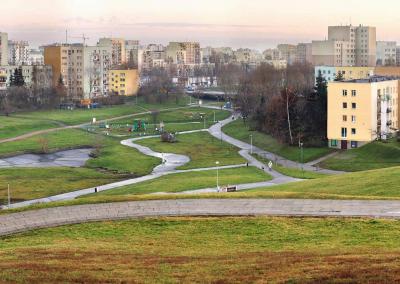
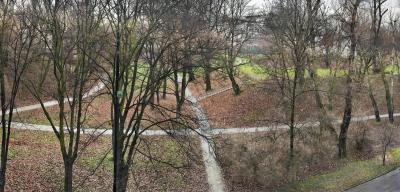
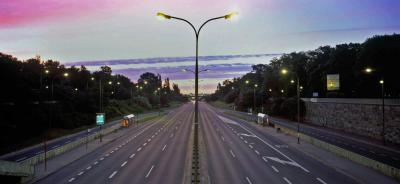
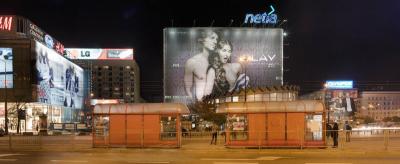
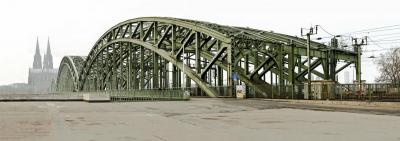

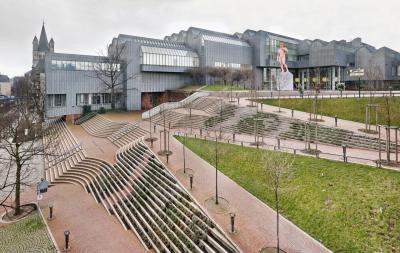
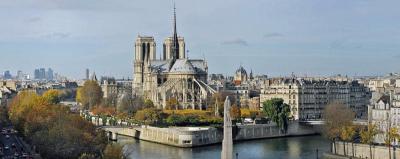
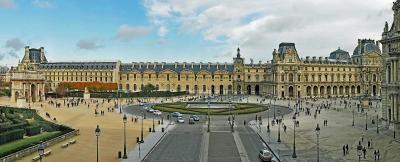
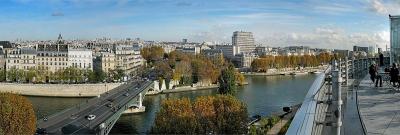
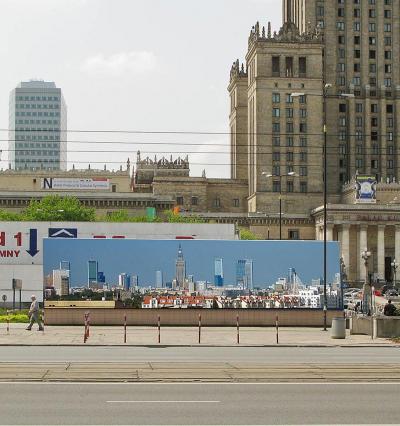
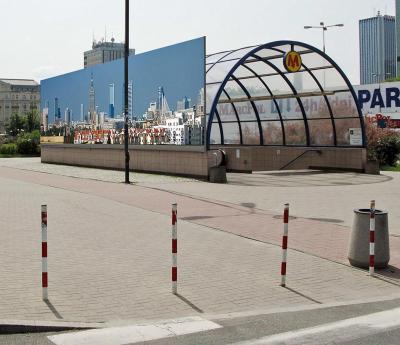
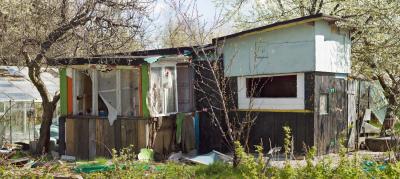
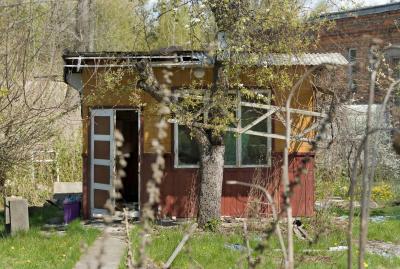
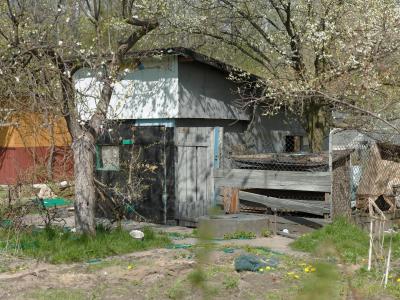
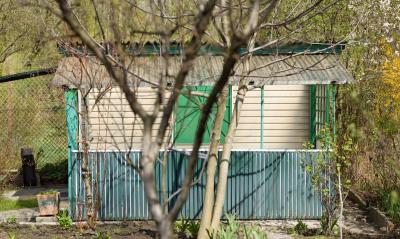
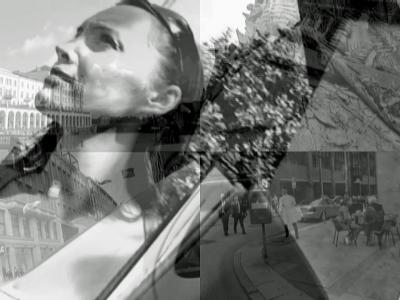
ZEITFLUG - Hamburg
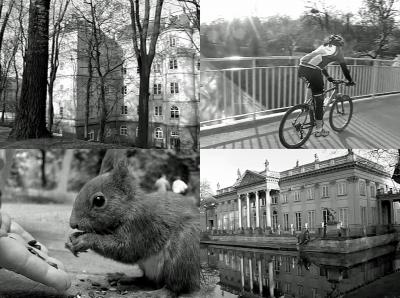
ZEITFLUG - Warschau
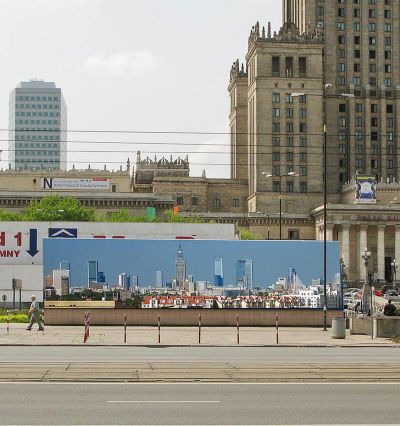
Alongside inner cities Szczygieł was also highly interested in urban fringe areas and parks, i.e. recreation areas and places where city dwellers could relax in peace. By contrasting green areas on the fringe of cities and the man-made buildings in the city centres he created inevitable points of convergence and threw up many questions. “Urban spaces are not looking for pure “unwounded” nature, but their yearning for such things also resonates with the feelings of city dwellers”, he explained at a press conference at his first exhibition in Hamburg.
True, the photographer began work on his Urban Spaces project in his home city of Warsaw, but he quickly extended his horizons to the surrounding regions, and then to Danzig, Paris, Rome, Cologne and Hamburg.
Sometimes he ironically contradicted the clear strict architectural outlines of buildings with images of petty everyday acts of rebelliousness. A bent traffic sign in front of a new building, building rubble in front of a notable highlight, and graffiti scrawled on walls. Thus he hinted at traces of usage in the same way as in his Blow Ups.
In those years the precision in Szczygieł’s photographs was truly unique. Every detail was amazingly clear and sharp, so that viewers could even note the highly refined features in the background, and the micro areas in the images. It was as if he was inviting viewers to embark on a real journey of discovery through a picture puzzle. We can investigate the frozen city in peace and make a thorough study of the momentary snapshot, but also with a feeling that this moment will soon have passed and that life outside has simultaneously overtaken life in the exhibition room.
This way of working would not have been possible without the immense development of computer technology and digital potentials; and here Szczygieł made full use of computerised potentials. Sometimes this resulted in his being unable to complete his work until the following day, because computer capacities were much more restricted than they are now. Thus there was often a gap of several days between his finding the subject for his photographs, the moment of photography, the computer work and the final photogram. Furthermore Szczygieł continually intervened in the software and command processes in order to ensure clearly defined precise results, not forgetting his freedom of artistic expression.
Initially the exhibitions followed conventional formats; but as his work developed the formats grew ever larger.







